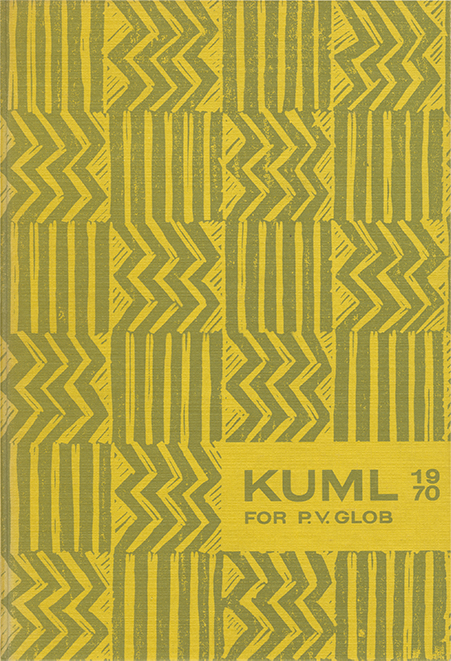En tau-stav fra Island
DOI:
https://doi.org/10.7146/kuml.v20i20.105416Nøgleord:
iceland, Island, tau, stav, staff, tau crosier, ringerike, urnes, 11 century, 11 århundredeResumé
A Tau Crosier from Iceland
In 1957 a bronze object was found some 50 cm below the surface of the homefield at þingvellir, a farm situated at the ancient meeting-place of the Icelandic parliament. The object is identified by the present author as a tau cross or tau crosier. It consists of a socket -in which the top end of a staff of cornel wood is still preserved- with two symmetrically placed crooks, all cast of bronze in one piece. The metal is now oxidized to a dark green and there are no traces of gilding. On both sides of the socket there are engraved lines running through loops of the well-known Ringerike or runestone kind. The crooks are terminated by animal heads typical of the Urnes style, with an elongated pointed eye filling almost all the open space of the head, long twisted lip-lappets and degenerate head-lappets. The object must certainly be grouped with the monuments of the Urnes style, and consequently it should very likely be dated to the third quarter of the eleventh century, a period roughly coinciding with the term of office of the first bishop of Iceland, Bishop Ísleifr Gizurarson (1056-1080). If this object really is a bishop's staff, as suggested by the author, it could possibly have belonged to Bishop Ísleifr. It might also have been in the possession of a foreign missionary bishop or an itinerant bishop, as both kinds of clerics are known to have been in Iceland in the eleventh century. At any rate this unique three-dimensional, fully developed work in the Urnes style seems to show what a pastoral staff could look like in early Christian times in the Northern countries.
Kristján EldjárnDownloads
Publiceret
Citation/Eksport
Nummer
Sektion
Licens
Fra og med årgang 2022 er artikler udgivet i Kuml med en licens fra Creative Commons (CC BY-NC-SA 4.0).
Alle tidligere årgange af tidsskriftet er ikke udgivet med en licens fra Creative Commons.


